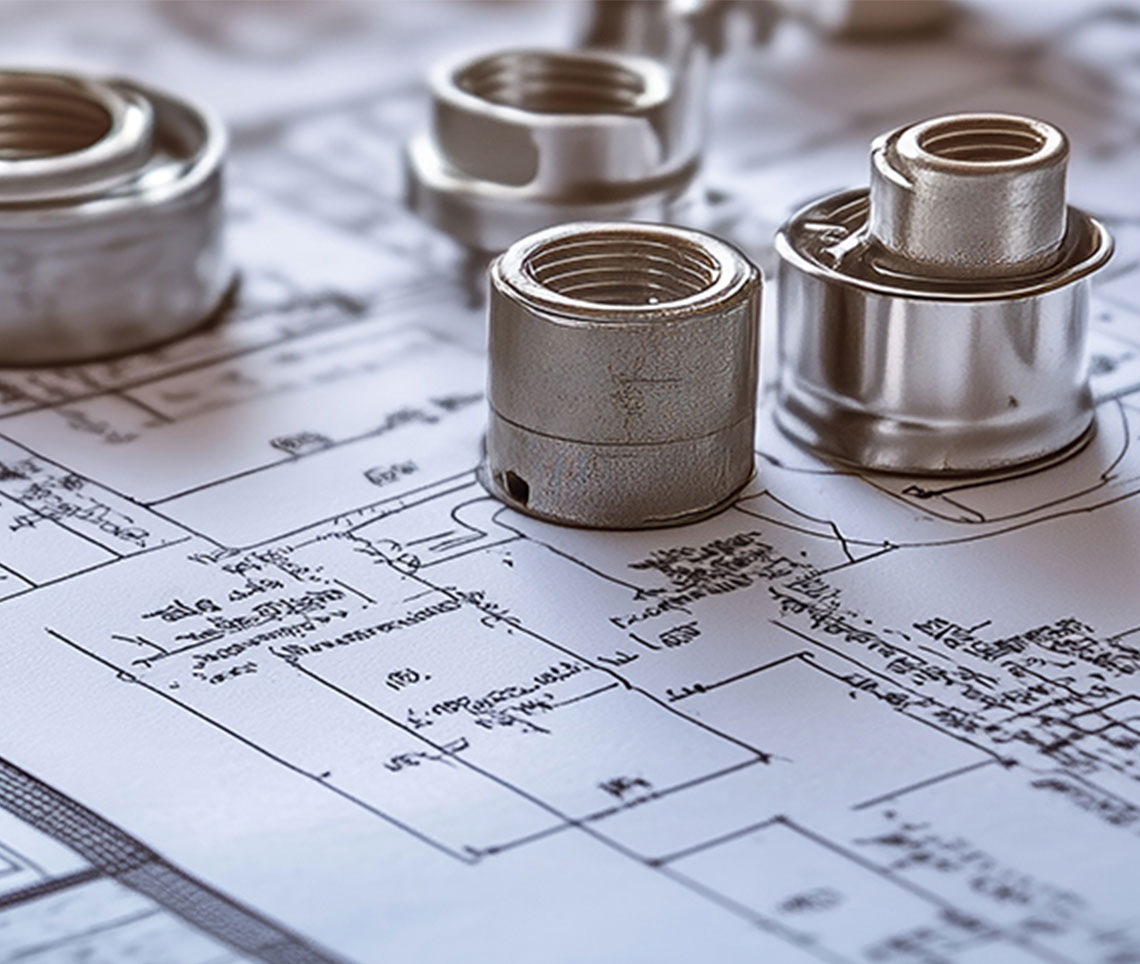High Head Pressure on Heat Pumps
May 1, 2015 Jeff Rosenblum
Diagnosing a heat pump that is tripping on high head pressure in heating mode can be a challenge. With three service ports to choose from and many different “valves” and metering devices, it can be difficult to narrow down what exactly is causing the system to trip.
- Verify that the system is listed through AHRI as a viable match. This is especially important on newly installed equipment. An undersized indoor coil can cause the system to run high head pressure.
- Check airflow at the indoor unit. This can be verified by measuring the static pressure on the duct. Restricted airflow/a dirty coil will cause high head pressure, the same way that a dirty outdoor coil will cause high head pressure in cooling mode. Be sure to also check filters and make sure that register grilles have not been closed off in certain rooms.
- Take pressure readings at all three ports on the outdoor unit. If this is a split system, the outdoor unit will have a third port that sits above the two service ports. This is called the true suction port. When measuring pressures in heating mode, the big pipe will show your discharge pressure, the little pipe will show your liquid pressure, and the true suction port will show your suction pressure back to the compressor. If there is a restriction at the indoor coil, or in the line sets, you may see a significant drop in pressure between the discharge and liquid lines.
- The last item on the list is charging. Charging a heat pump correctly is critical, especially when in heating mode. If you are forced to charge a system in heating mode, weigh the charge in per the manufacturers’ specifications. An over-charged system will cause efficiency problems and can cause component damage, but the most obvious sign of an over-charge in heating mode, is that it will trip on high head pressure.
Jeff Rosenblum
Technical Support
16 Years Industry Experience
Cell (330) 962-2491
[email protected]















